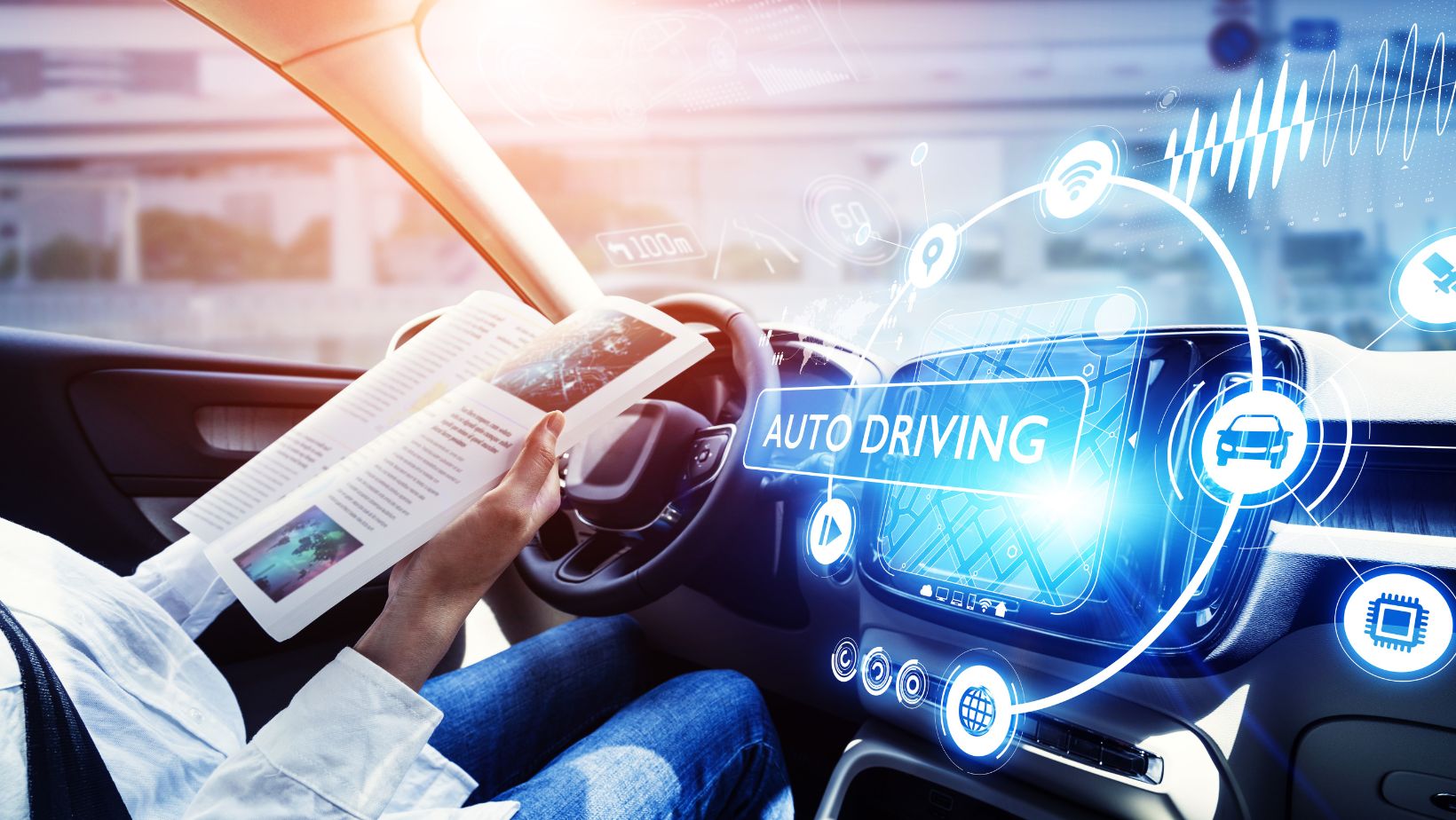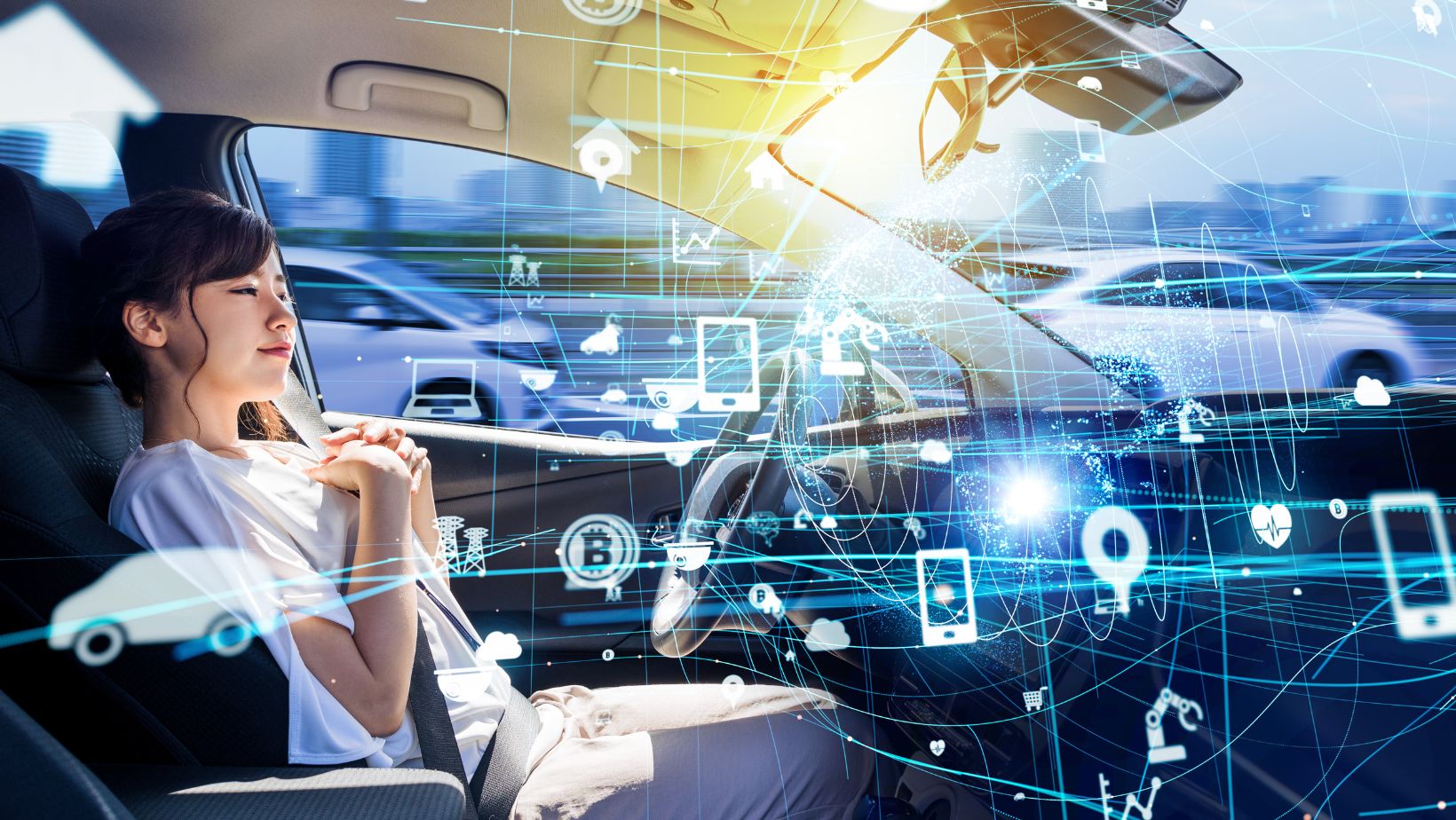As a tech enthusiast and car aficionado, I’m always fascinated by the latest innovations in automotive technology. From self-driving features to advanced safety systems, the evolution of car tech is truly remarkable. In this article, I’ll delve into the cutting-edge advancements that are revolutionizing the way we drive.
Whether it’s the convenience of integrated smartphone connectivity or the thrill of experiencing augmented reality navigation, car technology continues to push boundaries. Join me as I explore the futuristic world of connected vehicles, where cars are not just modes of transportation but smart, interactive companions on the road. Let’s embark on a journey through the exciting realm of car tech innovations and discover how they are shaping the future of mobility.
Car Technology
When I reflect on the evolution of car technology, I can’t help but marvel at how far we’ve come in a relatively short span of time. From the early days of simple mechanical components to the sophisticated systems found in modern vehicles, the progression has been nothing short of remarkable.
Here are some key milestones in the Evolution of Car Technology:
| Milestone | Year |
| First mass-produced car | 1908 |
| Introduction of power steering | 1951 |
| Launch of the first GPS navigation system | 1990 |
| Integration of smartphone connectivity in vehicles | 2000s |
| Development of self-driving features | 2010s |
As I look ahead, I am excited to see how car technology will continue to advance, shaping the future of mobility in ways we can only imagine.

Self-Driving Features and Autonomous Vehicles
When it comes to car technology, one of the most fascinating advancements in recent years is the development of self-driving features and autonomous vehicles. These innovations have the potential to revolutionize the way we think about transportation.
- Self-driving cars use a combination of sensors, cameras, and artificial intelligence to navigate roads without human intervention.
- Companies like Tesla, Waymo, and Uber have been at the forefront of testing and deploying autonomous vehicles on public roads.
- The promise of increased safety, reduced traffic congestion, and improved accessibility for individuals unable to drive is driving the rapid development of autonomous vehicles.
As we look to the future, the integration of self-driving features into everyday vehicles is anticipated to become more widespread. The transition to autonomous driving is not without its challenges, including regulatory hurdles, ethical considerations, and the need to ensure the safety and reliability of these technologies.
Integrated Smartphone Connectivity
When looking at car technology today, one cannot overlook the significance of integrated smartphone connectivity. The seamless integration of smartphones with vehicles has revolutionized the driving experience. Through features like Apple CarPlay and Android Auto, drivers can easily access their smartphone functionalities directly from the car’s infotainment system.
With smartphone connectivity, drivers can stay connected without compromising their focus on the road. By utilizing voice commands or touchscreen interfaces, drivers can control various aspects of their smartphones while keeping their hands on the wheel and eyes on the road ahead. This not only promotes safer driving practices but also provides a more enjoyable and efficient driving experience.
In essence, Integrated Smartphone Connectivity represents a pivotal aspect of modern car technology, catering to the increasing demands for connectivity, convenience, and safety on the road. With this integration, drivers can stay connected, entertained, and informed while prioritizing road safety and efficiency.

Augmented Reality Navigation in Vehicles
After discussing integrated smartphone connectivity in modern car technology, it’s essential to delve into another remarkable advancement: Augmented Reality (AR) navigation. This innovative technology overlays digital information onto the real world, offering a more intuitive and immersive navigation experience for drivers. By superimposing navigation instructions, points of interest, and other essential data directly onto the windshield or heads-up display, AR navigation enhances situational awareness and reduces cognitive load while driving.
AR navigation in vehicles utilizes GPS data and sensors to provide real-time guidance, making it easier for drivers to navigate unfamiliar routes with minimal distractions. By seamlessly integrating navigation cues into the driver’s field of view, this technology enhances safety by keeping eyes on the road and reducing the need to glance at traditional GPS screens or maps.
Moreover, AR navigation has the potential to revolutionize the way drivers perceive and interact with their surroundings, paving the way for more intelligent, responsive vehicles. As this technology continues to evolve, we can expect to see further advancements in AR overlays, enhanced route optimization, and personalized driving preferences, ultimately transforming the driving experience into a seamless, intuitive journey.